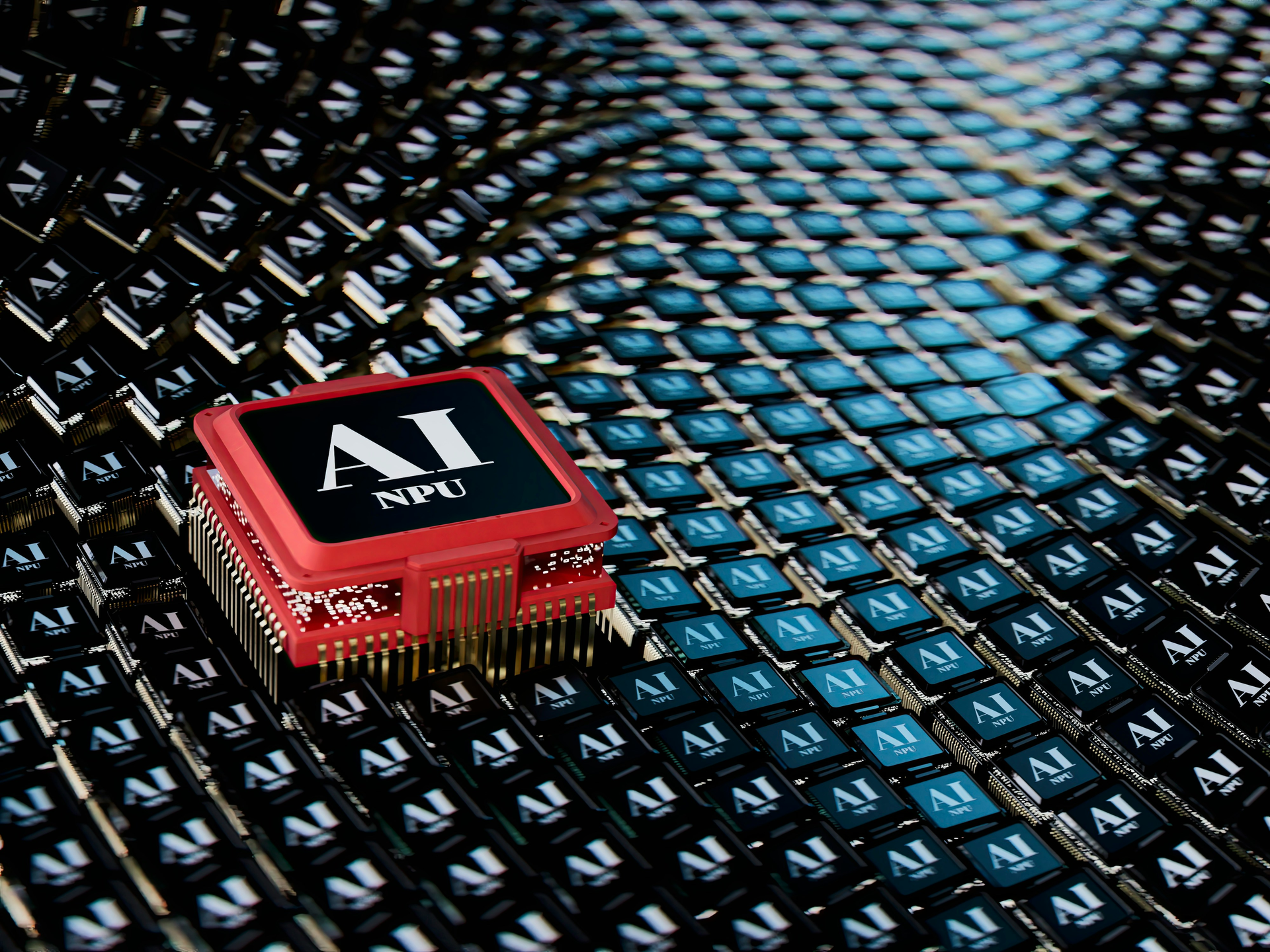
Photo by Igor Omilaev on Unsplash
In a groundbreaking announcement, Microsoft and Atom Computing have unveiled a quantum computing system that could revolutionize Bitcoin mining. This new technology promises to streamline the mining process significantly, utilizing fewer physical qubits to achieve more powerful logical operations. Let’s dive into what this means for miners and the future of blockchain.
Table of Contents
- The Quantum Leap in Mining Technology
- Current State of Quantum Computing in Mining
- What This Means for the Future of Bitcoin
- Conclusion
- Frequently Asked Questions (FAQs)
The Quantum Leap in Mining Technology
Quantum computing represents a radical shift from traditional computing, leveraging the principles of quantum mechanics to process information in ways that classical computers cannot. Microsoft and Atom are at the forefront of this innovation, creating a system that is being likened to the “Lamborghini of quantum systems” for its efficiency and power.
Currently, Bitcoin miners engage in a competitive race to solve complex mathematical puzzles to add new blocks to the blockchain. The Bitcoin network adjusts the difficulty of these puzzles every 2,000 blocks to ensure that new blocks are added at a consistent rate. However, this dynamic can be taxing on miners, requiring them to constantly upgrade their hardware to keep up.

With the advent of quantum computing, miners may no longer have to worry about these escalating difficulties. Quantum systems can process vast amounts of data at unprecedented speeds, potentially allowing miners to solve these puzzles much more quickly than ever before.
Current State of Quantum Computing in Mining
Despite the excitement surrounding this technology, analysts predict that fully scaled quantum systems are still 10 to 15 years away from being fully operational in the mining sector. This gives classical miners some breathing room, as they continue to navigate the current landscape of Bitcoin mining.
As quantum technology matures, it is expected to disrupt traditional mining methods significantly. The implications for miners are profound; those who adapt early to this technology may find themselves at a distinct advantage.
What This Means for the Future of Bitcoin
The introduction of quantum computing into Bitcoin mining could lead to a reduction in energy consumption and an increase in mining efficiency. This shift not only has the potential to lower operational costs for miners but also to make the network more environmentally friendly.
However, it’s essential to consider the security implications of quantum computing as well. The very algorithms that secure Bitcoin could be vulnerable to quantum attacks. As such, the cryptocurrency community must begin discussions on how to develop quantum-resistant protocols to safeguard Bitcoin’s integrity.

Photo by Christian Wiediger on Unsplash
Conclusion
The landscape of Bitcoin mining is on the brink of a significant transformation, thanks to advancements in quantum computing. While we may still be years away from seeing its full impact, the foundation is being laid for a new era of mining technology. Miners and investors alike should keep a close eye on these developments, as they could redefine the future of cryptocurrency.
Frequently Asked Questions (FAQs)
1. What is quantum computing?
Quantum computing is a type of computation that uses quantum bits (qubits) to perform calculations at speeds that are exponentially faster than classical computers.
2. How will quantum computing affect Bitcoin mining?
Quantum computing could allow miners to solve complex puzzles much faster, potentially leading to increased efficiency and reduced energy consumption in the mining process.
3. Are there security concerns with quantum computing in relation to Bitcoin?
Yes, the algorithms that secure Bitcoin could be vulnerable to quantum attacks, necessitating the development of quantum-resistant protocols.
4. When will quantum systems be fully operational in mining?
Analysts suggest that fully scaled quantum systems are still about 10 to 15 years away from being operational in the mining sector.


![Unlocking the Power of Fan Tokens: A Step-by-Step Guide [Part 1]](https://coinqlo.com/wp-content/uploads/2024/12/Depositphotos_503743464_L-870x570.jpg)
![Creating Your Own Fan Token: A Step-by-Step Guide [Part 2]](https://coinqlo.com/wp-content/uploads/2024/12/0a6e2bc8-7679-4f96-8e43-ff7dfa1eca25-870x570.png)